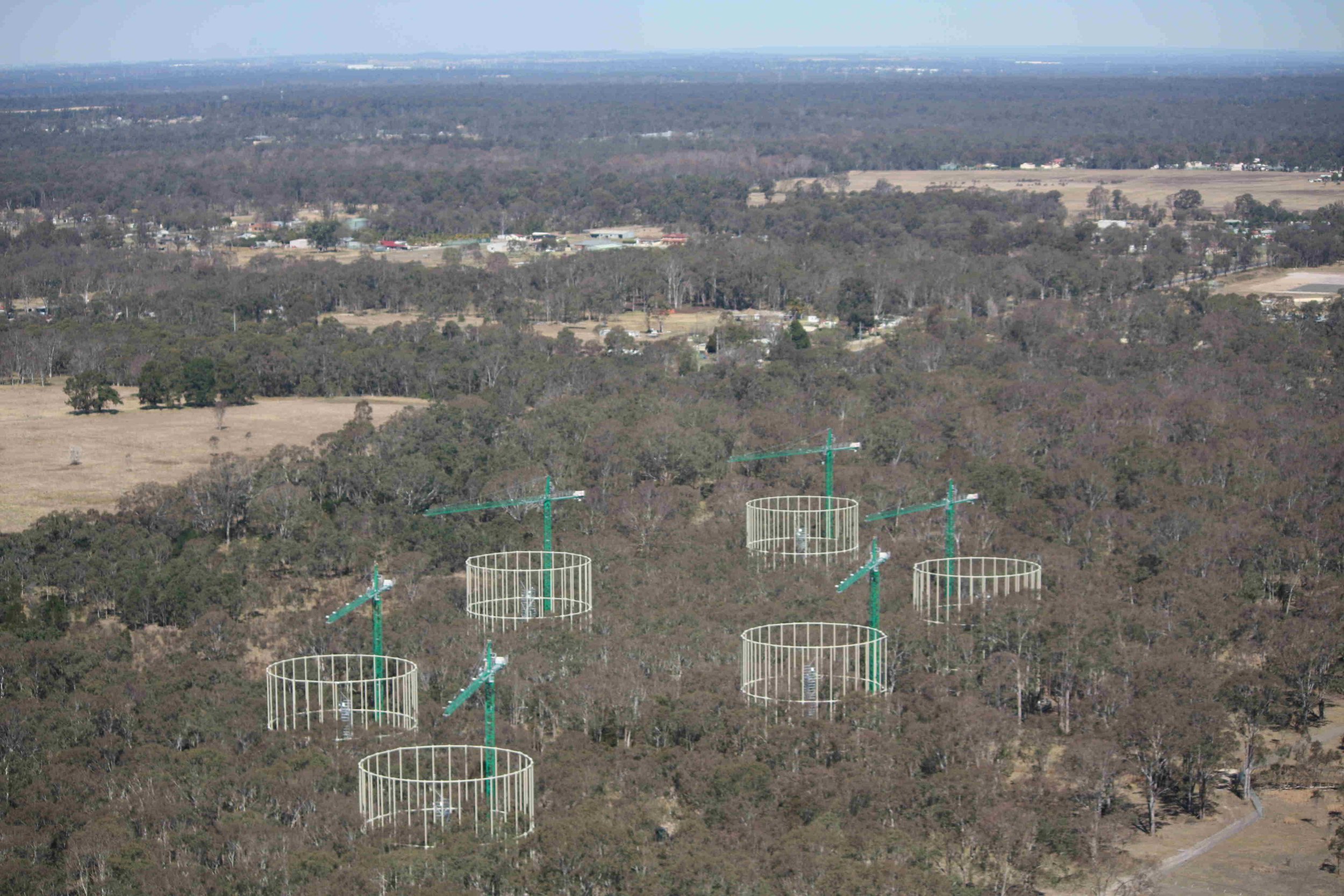Understanding the nesting biology and behaviour of ground-nesting bees
70% of bees nest in the ground. However, very little is known about the resources and conditions that drive nest site selection. We are currently undertaking a field campaign to understand the microclimatic conditions experienced by nesting aggregations as well as nesting behaviour and nest architecture of Leioproctus fulvus.
Flowering phenology of Eucalypts following fire
Flowering eucalypts provide an important food resource for many animals, including pollinators. However, little is known about the impact that fire can have on the time till flowering, flowering duration and flowering phenology. We are currently undertaking a large-scale study spanning the South-coast of NSW to determine the impact of fire on the phenology of Corymbia maculata.
Interactions between native bees and introduced honeybees
Honeybees have successfully invaded most ecosystems within Australia. Understanding how they interact with native pollinators is therefore crucial to assessing their impact on native plant-pollinator networks. Currently, we are undertaking research to ascertain how honeybees and native bees interact under a variety of natural and experimental conditions.
ASSESSING pollinators and floral resources for agricultural crops
Agricultural areas like in this picture to the left, provide a bountiful floral resources for pollinators but it typically only for a short time whilst the crop is in flower. Thus it is important to understand the floral resources available to pollinators throughout the entire year to ensure healthy pollinator populations into the future..
EucFACE
We have been conducting research over three consecutive flowering seasons at EucFACE (Eucalyptus Free Air Carbon Exchange) facility to determine how predicted increases in CO2 will affect one of Australia’s most abundant and important floral resource, Eucalypts.
Affect of drought on plant-pollinator communities
We are looking at a range of morphological and physiological traits of plant communities and their interactions to determine the affects of drought on pollinators.
Quantifying the effects of increased temperature on key floral resources for agriculturally important wild pollinators.
Manipulative glasshouse experiments
To determine the affect of climate change on key floral resources for wild pollinators I am currently undertaking a manipulative glasshouse experiment.







![20190828_140759[1].jpg](https://images.squarespace-cdn.com/content/v1/5d5ccc0582cb3e0001db7ba1/1566973126287-PV3AKCY0GEE32MUAFD0P/20190828_140759%5B1%5D.jpg)